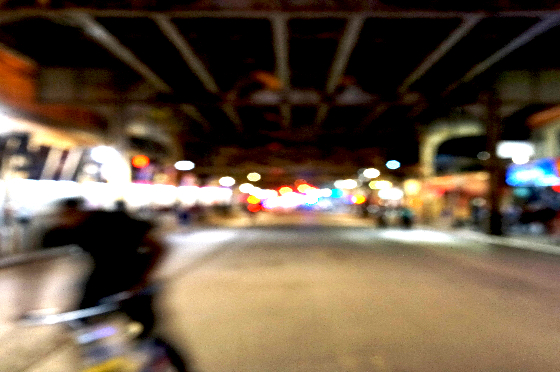For many of us who had been immersed in cognition, the social wave was an epiphany or breakthrough that was equivalent to changing our schema for or lens with which we examined reading and moreover literacy. In the 1970s and 80s, significant advances occurred in our understandings of and approaches to teaching reading and writing. At the same time, we were developing an increasing awareness of the role of social factors in a range of psychological activities that had previously been shaped more by a consideration of individual differences than social or cultural contexts. During this era, the social had largely been positioned by educators as a variable influencing learning to read, rather than a key facet of the nature of reading itself. The social thus tended to be studied as a separate factor (one of many) and as a mediator—a means to an end, but not as an end unto itself or as integral to the nature of reading or literacy itself. ...

